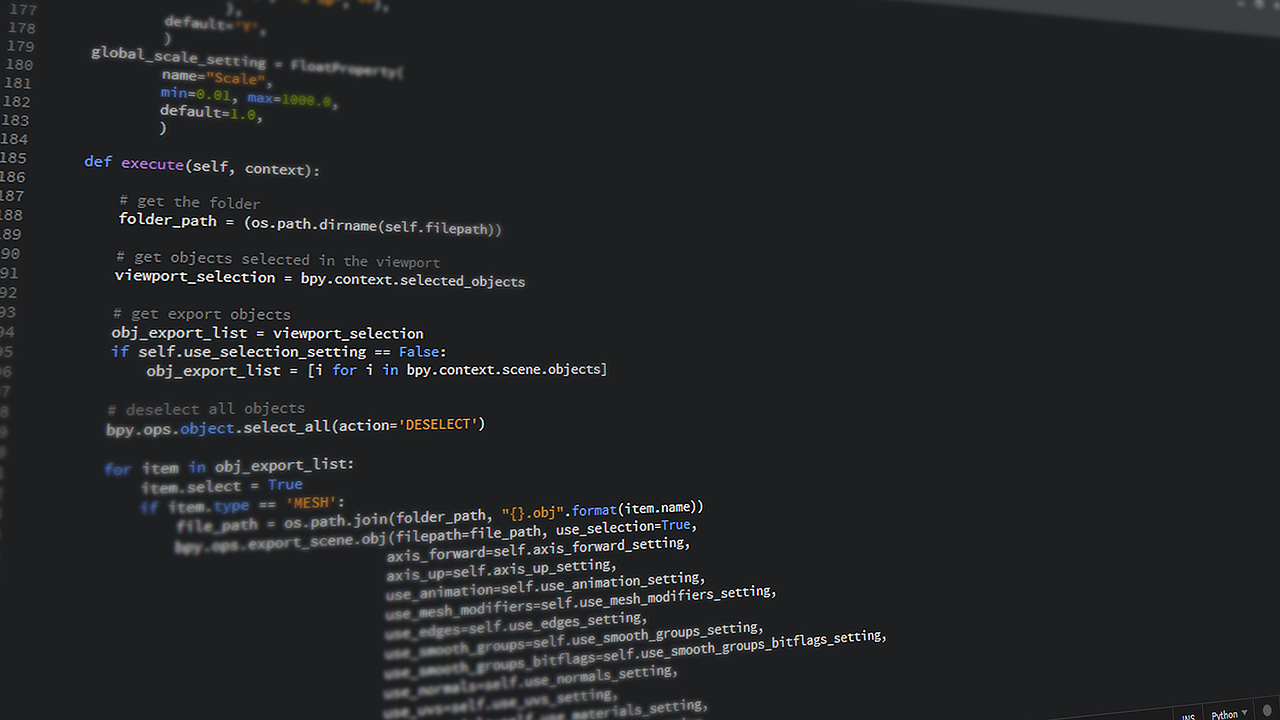Most people have heard of the Dark Web in news stories or tech articles. But what is it? How does it work? Is it worth visiting?
The Dark Web is a hidden network of highly encrypted machines available over the internet, but not using a typical web browser. While any content can be stored on the Dark Web, the majority of the content is of a questionable nature – such as child pornography, snuff films, drug and fake ID stores, and similar content. One such marketplace, Dark Amazon, provides users an Amazon-like shopping experience.

However, not everything on the Dark Web is illegal or unethical. In fact, the Dark Web can be a very useful tool for individuals in China to access Facebook (they have a Dark Web site) or for intelligence operatives in Iran to contact the CIA (they’re on the Dark Web too).

In short, the Dark Web is a useful tool if you are trying to remain anonymous or operating within a country that has strict internet controls. But what do you need to get started? Simple – download a TOR browser. TOR stands for The Onion Router. The idea of an onion is that there are multiple layers of encryption and that the traffic is routed through numerous machines to prevent tracking. TOR browsers exist for all major platforms – including mobile – and are really no different than any other web browser.
The real challenge, however, is finding content. For that, you will need a Dark Web search engine – such as TOR66. However, a few suggestions before you give it a try. First, run a VPN. While there is nothing illegal with using a TOR browser, you may draw suspicion from your ISP and it is always possible that TOR users are being watched by law enforcement. Second, make sure you have antivirus up-to-date on your machine – you never know what’s out there. Third, trust no one. The Dark Web is a place of thieves, con artists, drug dealers, and other people with questionable ethics.


